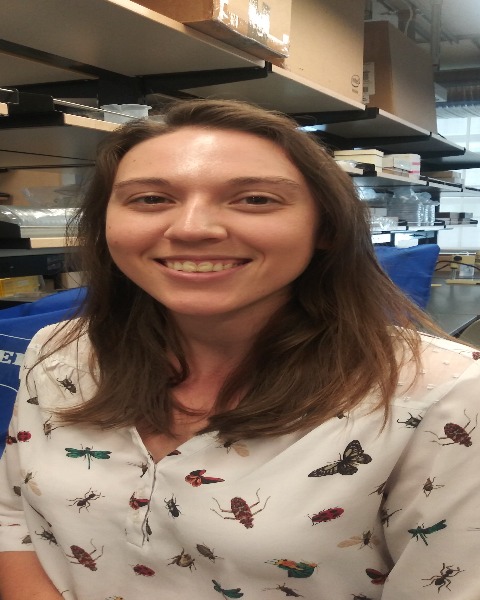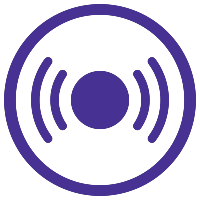SysEB
Section Symposium
Insects and Micro-CT: Recent Advances in the Use of 3-dimensional Data within Entomology
11: Resolving fossil insects in amber for systematics and outreach
Wednesday, November 18, 2020
1:50 PM - 2:10 PM EST

Christine Ellen Sosiak
Belleville, NJ

Phillip Barden
New Jersey Institute of Technology
Jersey City, New Jersey
Presenting Author(s)
Co-Author(s)
With the advent of micro-computed tomography, or micro-CT, our understanding of fossil insects has increased greatly. Insects fossilized in amber are often preserved in such a way that obscures many of their features, making it difficult or impossible to observe key traits. Reconstruction of fossil insect micro-CT scans brings these specimens into three-dimensional detail, allowing us to evaluate their morphology in ways that were previously impossible. Due to their high resolution and fidelity, micro-CT reconstructions are especially useful in systematics and morphometrics research: we discuss a body of work incorporating morphological data from reconstructions of fossil ants into modern ant phylogenetics; and the incorporation of morphological data into research evaluating fossil insect ecology. Micro-CT reconstructions also provide a unique opportunity for science communication and outreach, translating microscopic specimens preserved in amber into interactive models that can be displayed in schools and museums. Extinct species of fossil insects can be digitally reconstructed from micro-CT data, then 3D-printed as large models for outreach events, bringing extinct insects to life.

